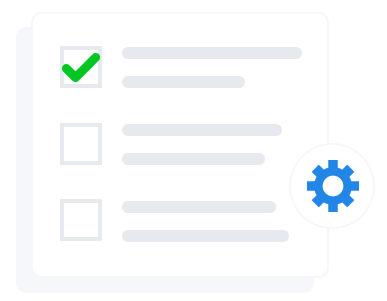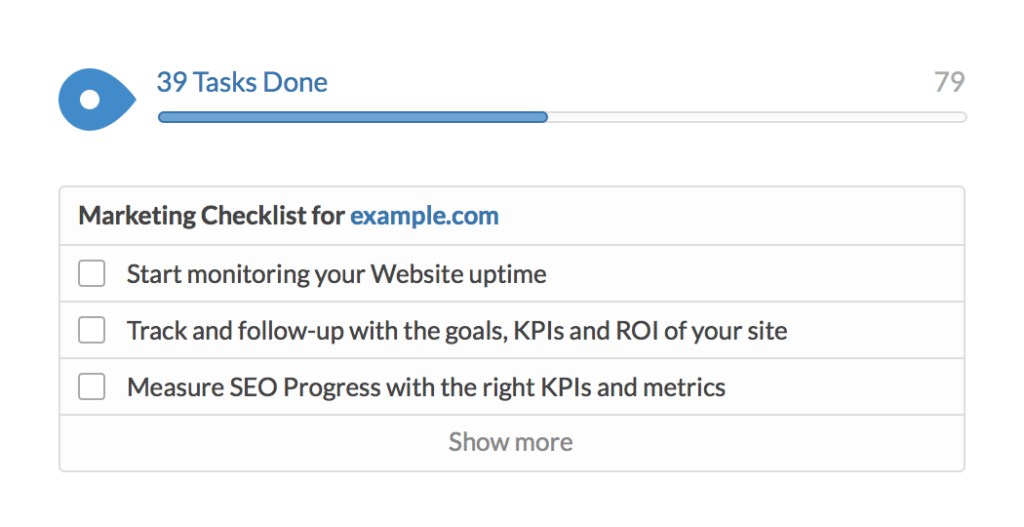Trade shows are one of the most important- and costly- elements of the marketing mix for a product or service. In our three part series, we’ve covered the planning needed before the show followed by the execution during the event. Now we will cover how you can measure your return on investment (ROI) from all the work- and money- you put into Part 1 and Part 2.
As mentioned previously, trade shows are costly requiring a great deal of resources including time and costs associatedwith not only the show itself, but also travel time and expenses. Some make the argument that the strongest measurement for your return on investment (ROI) is the sales leads generated from the show. However, we believe that to make a more comprehensive assessment, you must look at other elements to measure your overall return from a trade show.
We’ve listed some points to keep in mind during your post trade show evaluation and follow up.
Number of Leads
Looking at the number of leads you received from a single trade show is a great starting point but does not tell the whole story. When evaluating your leads, you should look at the quality of the leads, leads generated versus booth visitors, and actual visitors versus potential visitors from the number of people who attended the show. After answering these questions, ask yourself how much it would have cost for you to generate these kind of leads via traditional advertising, customer relations, etc. One downside of looking at simply the number of leads is that you don’t know what worked and what didn’t so you may not know what to update for the next show.
Follow Up
80% of trade show leads are never followed up on. If you don’t follow up on the leads gathered during a show, you significantly reduce your overall return on investment (ROI). Follow up with all prospects by either phone or email within 48 hours and start with most serious leads first. You should also send out a thank you email to anyone who stopped by the booth and left their contact information. For those more qualified leads, include a mention that you will be calling to arrange a time to discuss further.
Return on Investment (ROI)
Look at the number of leads you receive from attending a trade show and compare what you would spend on traditional advertising to generate that same number of leads. Also, think about the kinds of leads you received. How many of them converted into a sale? This allows you to quantify the price you paid per lead or sale from the trade show. And remember, leads won’t convert into sales right away so look at 1 month, 3 month, 6 month, and 12 month increments to evaluate both short and long term returns. As mentioned before, trade shows are expensive and very time consuming so you want to make sure that you follow the steps laid out in Phase 1 and Phase 2. This will ensure you receive the highest ROI possible from attending the trade show.
Evaluate and Make Changes
After all is said and done, it’s critical to know what you did right and what you can improve on. This allows you to make the necessary changes to be even more successful at the next show. Analyze the information you gathered during and right after the show as well as what leads continue to generate as far as a 1 year afterwards. When evaluating your overall return from attending the show, don’t forget to benchmark against the goals and objectives you set in Part 1: Planning. Over time, you can build upon your measurement techniques and ultimately increase your ROI from attending trade shows.


